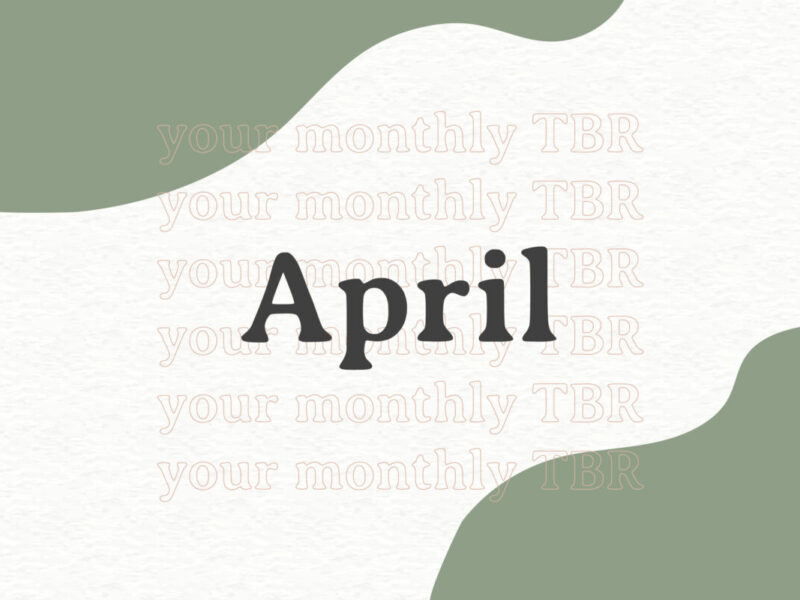What to Know About Creating Your Own Style Guide
We all remember high school English classes with seemingly endless grammar drills, learning about commas, semi-colons, and usage. Many of us were taught to stick within these strict parameters when writing, no matter the circumstance.
Understanding formal grammar and usage is important, especially when building a writing career–but these rules are ultimately a social construct, meaning they can be altered or broken to suit a specific purpose. Many writers and poets, perhaps most notably e.e. cummings, have employed this tactic, intentionally breaking certain rules. We often see this trend in modern poetry as well—poets only writing in lowercase, for example.
Creating your own style guide can help strengthen your work’s narrative while developing your unique identity as a writer. A style guide is easy to reference, helping you translate emotion into words instead of contemplating stylistic choices. When you’re not overthinking, your creativity can flow more freely. Create your style guide in your phone’s Notes app or in a word document that you can easily access, edit, and expand upon.
Whether you creatively write as a hobby or for your career, any writer should consider doing this. If you’re interested in publishing your poetry, creating a style guide communicates a sense of professionalism, ensuring your work is polished. Also, if you’re sharing your poems on social media, following a guide can help you stand out and grow your community.
Keep in mind, though: to avoid messiness, consider following style rules that emphasize consistency, purpose, and structure.
Consistency
Consistency is key when designing your style guide. A consistent form and format allow the reader to be immersed in your story. If your work has too many contradicting style choices, they can become easily distracted.
Purposeful choices
Ask yourself: What kind of tone do you want your poetry to communicate? Purposeful grammar and word choices can help support this.
If you’re telling conversational, intimate stories, all lowercase letters might be best for your writing style. In contrast, if your voice is more formal or narrative, consider traditional sentence case. Choose one style you feel drawn to, both emotionally and aesthetically.
For word choice, include a section of your favorite words and phrases. As a writer, it can be frustrating when you struggle to find ideal words. Being able to consult a word list will help spark inspiration while you’re experiencing writer’s block. Don’t solely rely on a word bank, though. Expanding and diversifying your word choice helps you grow in your craft. Reference this article for tips!
Meaningful structure
Another section to add to your style guide is structure. Whether you gravitate toward choppy stanzas, paragraph-length prose, or something in between, determining the right structure for your poetry is important when creating your writing identity. Consider which elements you want to emphasize, like rhythm and narrative.
Developing your writing style and voice takes time. Experiment with different stylistic choices to see what works for you. Study work from poets you connect with and make note of what elements you like best. Follow Read Poetry on Instagram or check out our poet interviews for inspiration.




